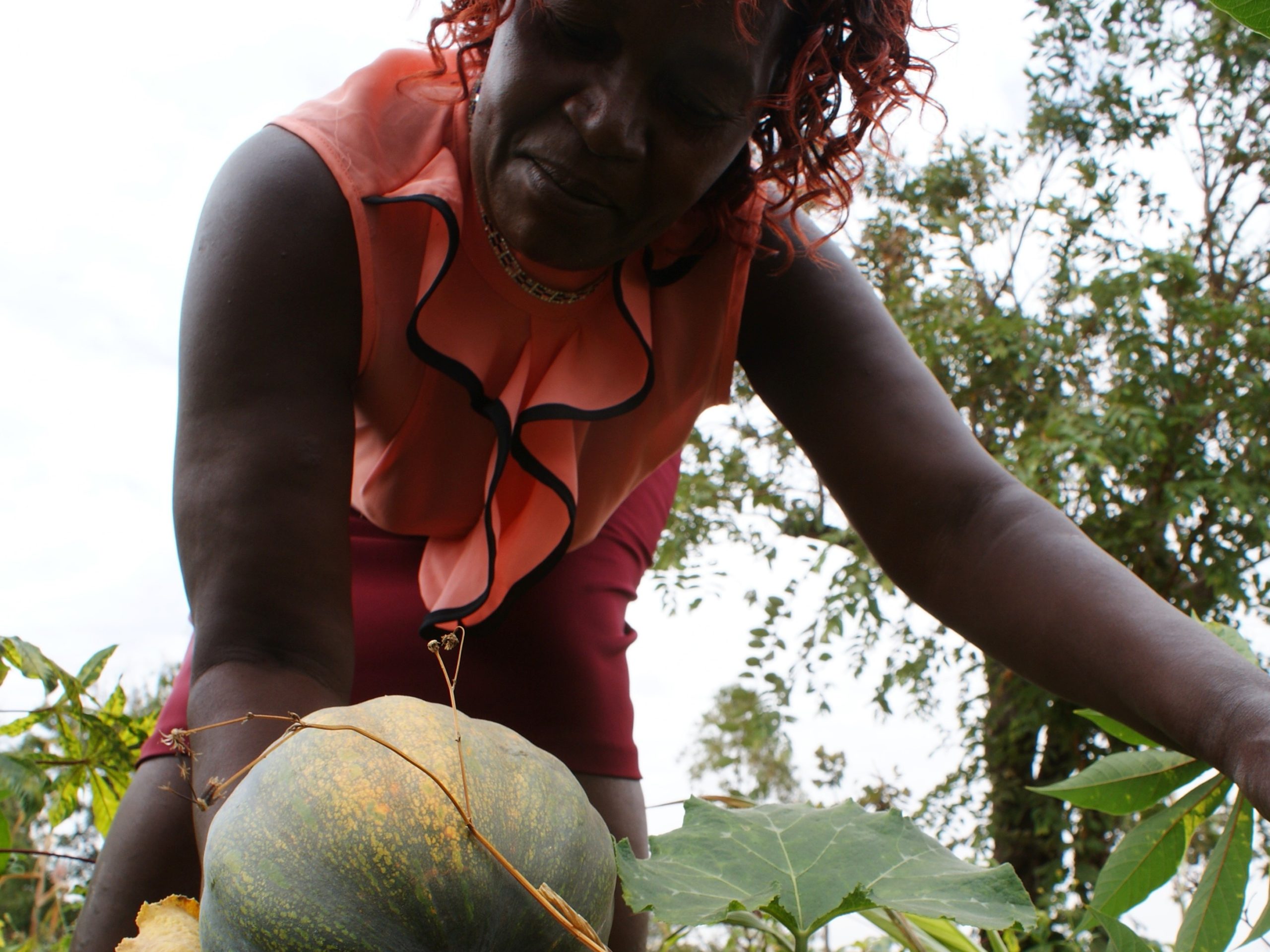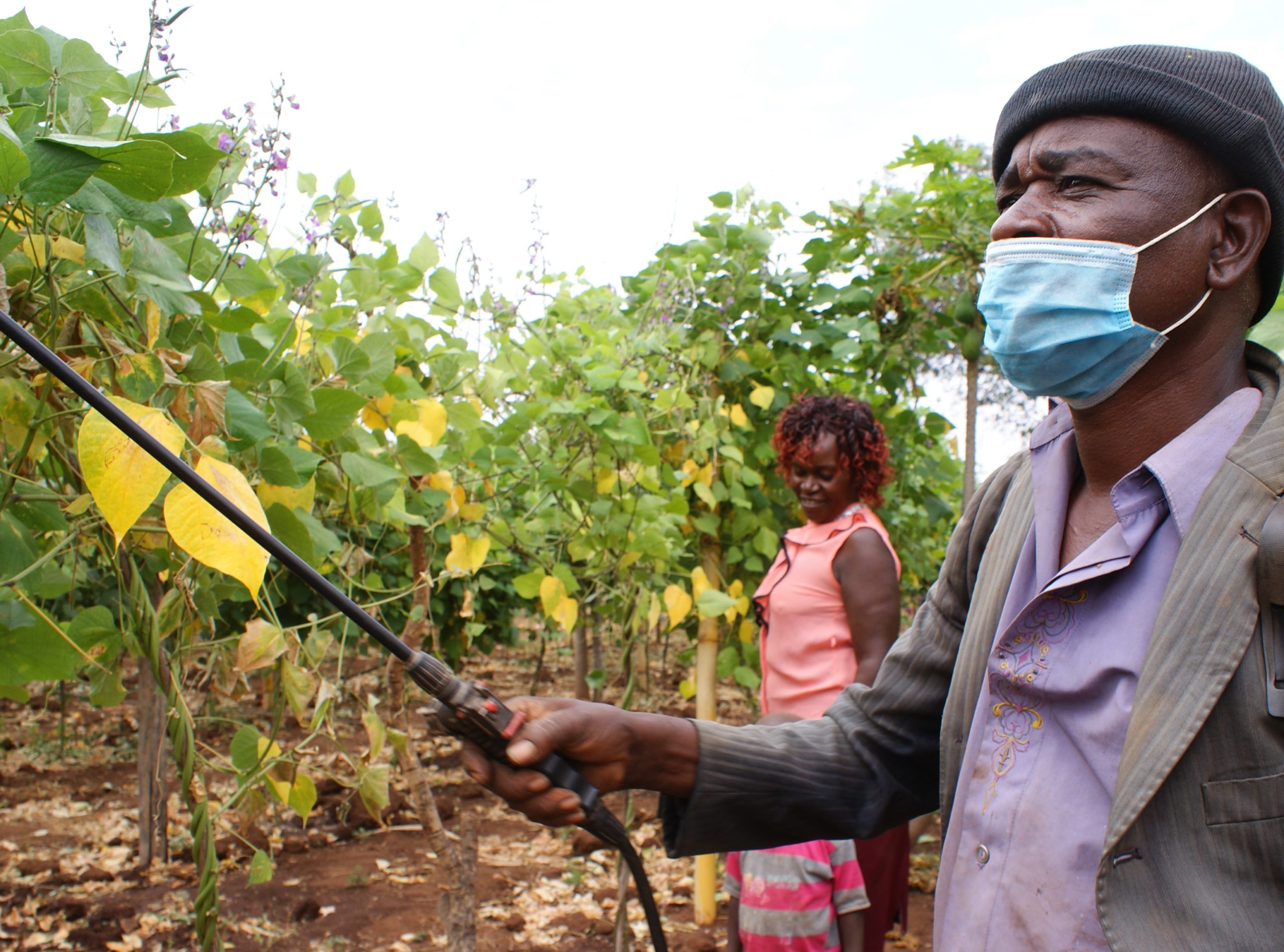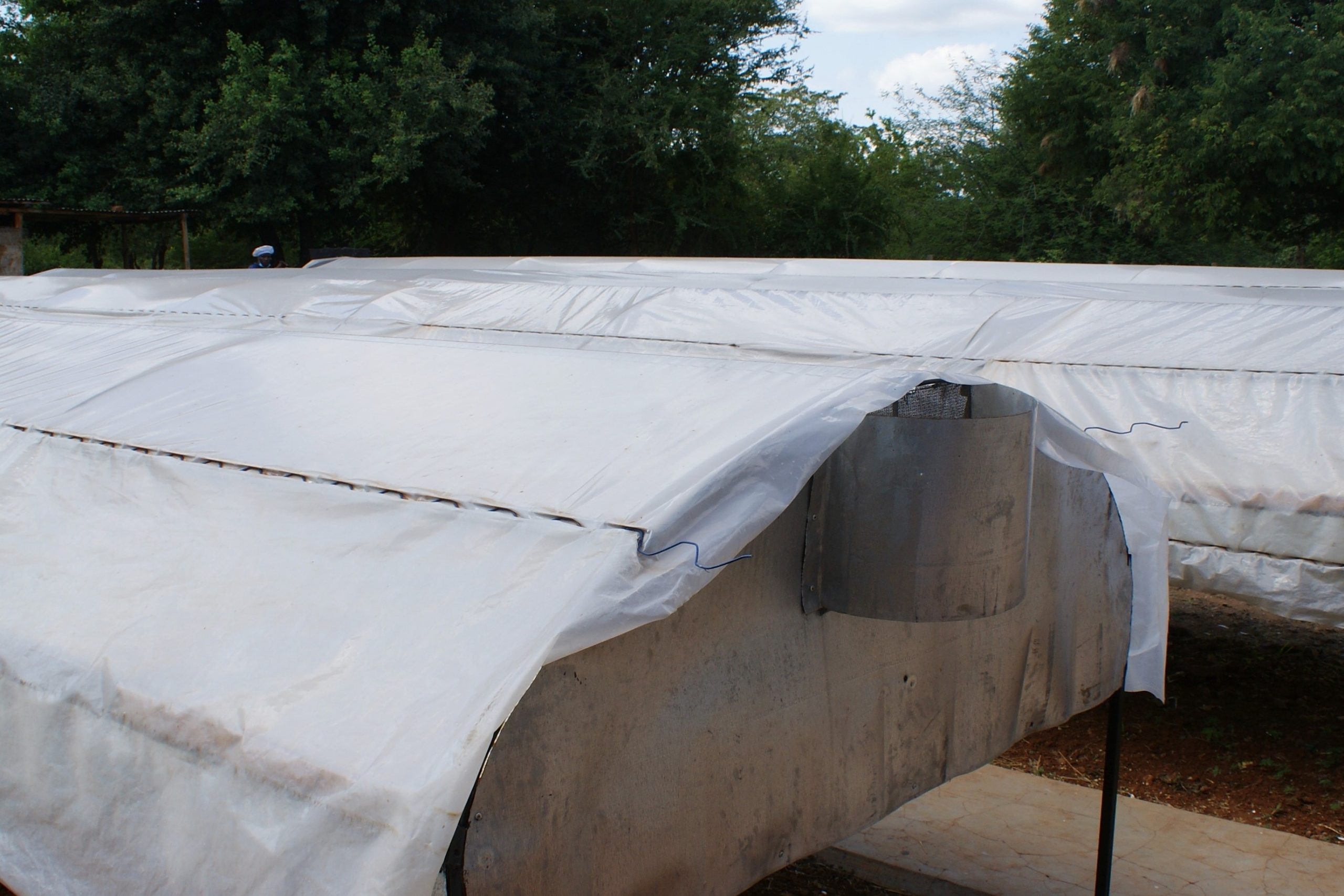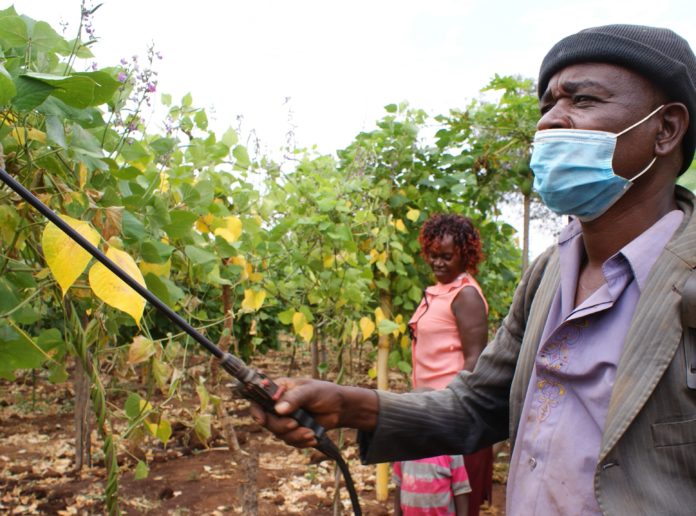By Katheru Njagi
Mitunguu, Kenya: Jane Muthoni, a farmer from Mitunguu village in central Kenya, believes her latest harvest was the best she has ever bagged for two good reasons. Her pumpkin crop overproduced beyond her expectations. But none got wasted.
Like thousands of farmers in arid Kenya, Muthoni is aware inadequate rains lead to low yields. When there are prolonged rains, however, farmers often struggle with production gluts.
For fresh produce farmers like her, low yields can mean she will not have enough harvests for the market. Production gluts on the other hand cause oversupply in the market-leading to wastage of produce at the farm.
According to the Kenya National Chamber of Commerce and Industry (KNCCI), this is how farmers lose almost half of their invested crop, coupled with poor infrastructure and policies that fail to promote local agro-processing.
But Muthoni, and some 3,000 farmers in central and eastern Kenya, have lately discovered an innovative way of battling post-harvest losses, by selling their produce to a local factory that uses solar energy for processing.
“A ready market has enabled me to plan my farm better because I do not have to worry about wastage. Our local processing factory buys produce directly from the farms,” says Muthoni.

Tucked inside a sleepy village on the lowlands of Tharaka Nithi County, the Sweet ‘N’ Dried factory keeps a visitor awe-struck. Researchers stream in and out regularly to study the magic that is changing the fortunes of smallholder farmers in five lower eastern Kenya counties.
Inside its recently furnished building, freshly sourced fruits, vegetables, spices, orphaned and traditional crops await processing, although it is easy to notice that the village lacks comforts like tapped water and electricity.
But what Kajuki village lacks in comfort, is being unlocked by tapping the power of nature, confirming insights by the factory director, Mercy Mwende, that renewable energy has a strategic place in Kenya’s agricultural value chain.
Rows of solar driers that absorb energy directly from the sun would easily pass for a plant breeding site. But it is here that produce from farmers like Muthoni’s end up being prepared for processing into snacks, flour, and soft drinks, for local and international markets.
“Once we get the produce from farmers we just put it in the solar driers and it dries. Then we mill and pack it. It is that simple,” says Mwende.
At an industrial level, hydroelectric power is mostly used to dry produce in Kenya. But the technology is expensive and remains beyond the reach of a growing list of innovators, like Mwende. In most rural areas, there is no connectivity to the grid.
Diesel-powered dryers too have been used to process farm produce into ready-to-use products in institutions like the National Cereals and Produce Board of Kenya, as firewood-fed dryers prepare Kenya’s tea leaves for the export market.

But these technologies contribute to carbon dioxide emissions and depletion of Kenya’s tree cover, worsening the effects of global warming like climate change, according to a report by the Climate Technology Centre and Network.
One solution for Kenya to scale up agro-processing would be to nationally adopt green energy technologies because they have been shown to be practical, economical, and environmentally friendly in countries where they are being used, adds the report.
Another would be for the government to provide incentives for entrepreneurs like Mwende because her solar innovation is affordable, and has been shown to cut post-harvest losses in marginalized areas, says Grace Mueni, a horticulture consultant and researcher.
But the government cannot fund such innovations directly and instead relies on the private sector to set up smart agro-processing zones in the country, says Thule Lenneiye, coordinator of the agriculture transformation office at the Ministry of Agriculture, Livestock, Fisheries, and Co-operatives.
“When you look at this innovation here today you wonder how many farmers’ livelihoods would be lifted and how much Kenya’s economy would grow because of local agro-processing,” says Mueni, commenting on Mwende’s innovation.
For every dollar invested in agriculture, it can yield about 63 percent of returns to the GDP. Yet less than four percent of lending goes to the agricultural sector, according to Mulat Demeke, an economist at the Food and Agriculture Organization of the UN (FAO).

Under the Malabo Declaration in 2014, African Union member countries set themselves the ambitious target of halving post-harvest losses by 2025.
Much of this loss happens due to limited knowledge in supply chains, limited access to markets, poor infrastructure, inadequate financing, and lack of technology, according to FAO.
Mwende is aware of these value chain shortfalls. That is where she is planning to diversify her renewable energy package into biofuel production at her factory.
Meanwhile, the returns that Muthoni has been getting due to faster access to markets have enabled her to invest in a borehole, which she uses to water her crop.
In the next five years, she sees herself becoming an agriculture champion whom the young generation can look up to for advice on farming.
“All this has been made possible due to the power of simple solar innovation. What if more was done for us?” she says.














